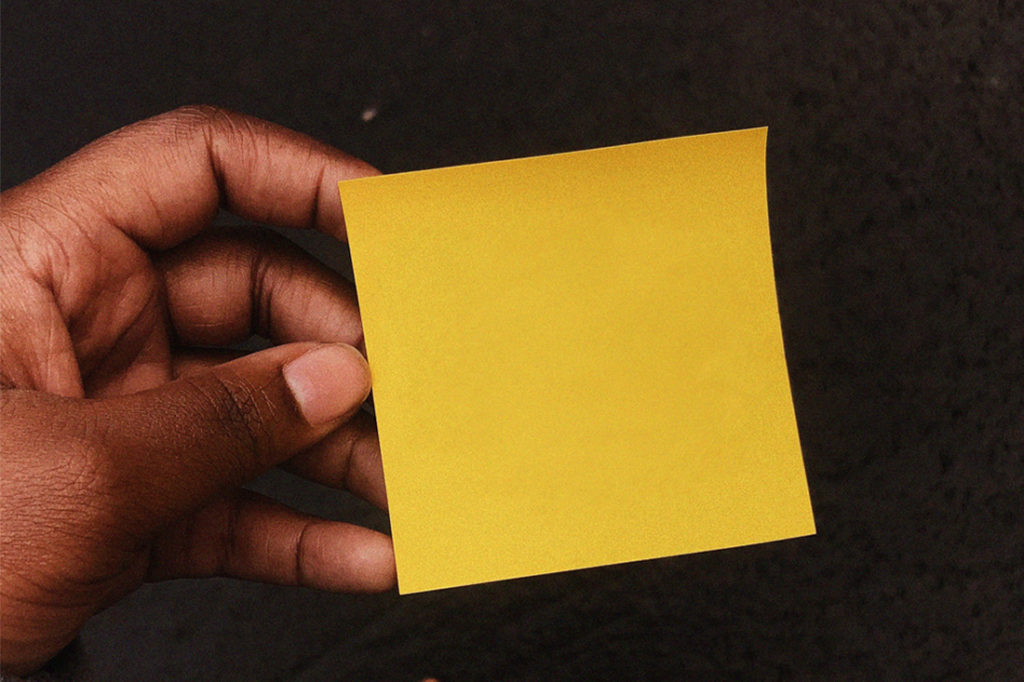You can accomplish anything with hard work, they say. You can make your business a success, earn a promotion, master virtually any skill… if you just work hard.
Except working your butt off is not always enough. Need proof? You can’t inflate a flat car tire by blowing into it as hard as you can, the same way you can’t effectively mow a lawn with a pair of household scissors. No, you need the right tools, the right strategies, for the right tasks. You need to work smarter, not harder.
How though? By finding shortcuts.
Here are seven tips to help you work more efficiently and more productively without expending any additional effort—aka here’s how to work smarter, not harder:
1. Walk away.
Walking away from a complex task might seem counterintuitive, but breaks can actually make you more productive. Removing yourself from the work environment immediately reduces stress and gives your brain a chance to “catch up.” If you’re working on a hard problem, your subconscious mind will continue working on it even if your conscious mind is trying to relax—which is why sometimes, solutions magically pop into your mind when you aren’t thinking about the problem. Either way, you’ll come back refreshed and in a healthier, more focused mental state for work.
2. Recognize and eliminate distractions
This should be obvious, but the most dangerous distractions are the ones you don’t even realize are distracting. Maybe you’re working on a new marketing plan with a couple tabs of research open, and a third tab that’s, conveniently, open to Facebook. You get a new notification, so you click out of your Word doc to check it real quick. You spend 20 seconds looking at the post you were just tagged in (or the event you were just invited to or the “like” your status just got) before you minimize it again. Twenty seconds isn’t a long time, but it breaks your focus and forces you to restart your last train of thought, possibly costing you a few minutes or more. Compound that happening several times an hour, and you’ve instantly reduced your overall productivity.
3. Ignore low-priority items.
Low-priority items sneak up on you, artificially increasing the length of your to-do list and distracting you from more important work. Say you’re working on a big project when a co-worker emails you about a quick change you need to make on your company’s website. Logging on and making the change won’t take much time, but it will distract you from the project and stress you out if you have to postpone it until later. The best way to fight against these low-priority items is to ignore them altogether. Go into “do not disturb” mode by working offline if you can and don’t write them down on your to-do list—they aren’t worth your immediate concern, so you’ll get to them when you get to them. (Just don’t do the same for high-priority tasks.)
4. Create routine habits.
Habits happen naturally after they’re formed—they become a ritual, something you can slip into automatically, something you don’t even have to think about. For example, if you have to update an editorial calendar every day, make it an unconscious habit, sparing you the necessity of remembering it in a desperate scramble. Forming habits is the hard part—a good rule of thumb is to force yourself to commit the action every day, with no breaks from the routine, until it comes naturally (some people say it takes 30 days, but the evidence is iffy and subjective).
5. Work in chunks.
Instead of sitting down to complete an entire project, sit down to accomplish one goal element or work for a certain number of hours. Forcing yourself to complete the entirety of a project or complex task will stress you out and make you less productive. Instead, allow yourself to work in shorter “bursts” to keep your mind fresh and reduce your anxiety. That way, you can work to the very best of your ability.
6. “Multitask” (not in the traditional sense).
No matter how busy you are, there are always “negative spaces” in your day—and these gaps are when you should “multitask.” Try to fill the empty spaces with productive work: On your lunch break, watch a tutorial video or catch up on your emails. On your drive into work, listen to audiobooks or podcasts. During your workouts, catch up on some voicemails or watch a TED Talk. The more you learn and work in these negative spaces, the more you’ll get done overall.
7. Work around your strengths and weaknesses.
You know yourself better than anybody. You have strengths and weaknesses inherent to your being, and they’re going to affect how you work. Navigate around these by taking on more tasks that you’re good at and staying away from ones that slow you down; don’t try to do them all yourself. Delegate or work together with others to shoulder the burden of your weakest tasks or skills, and spend more time doing what you do best.



